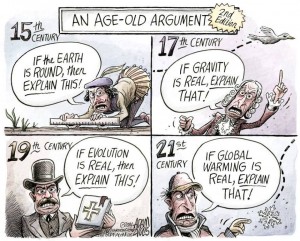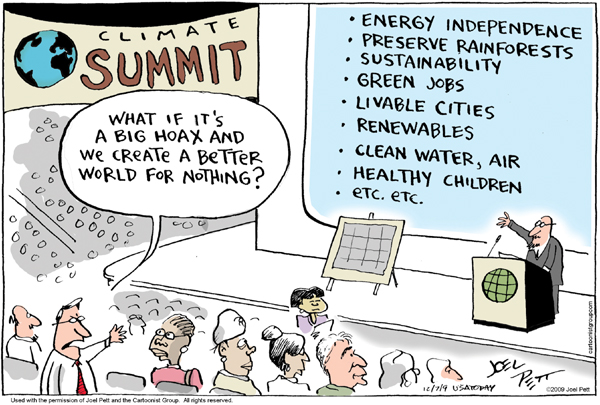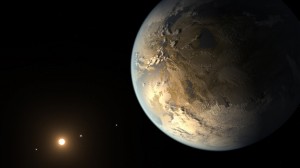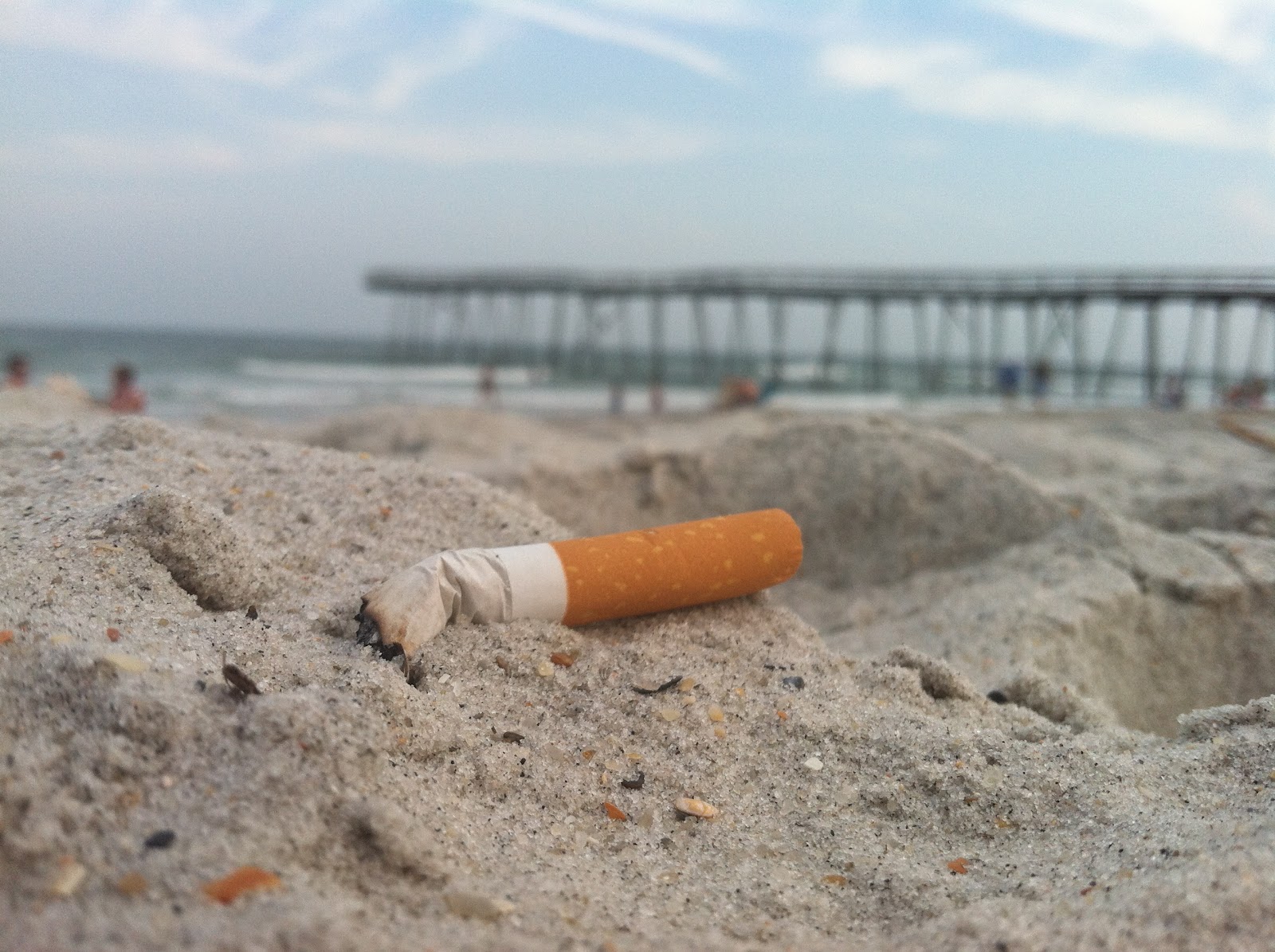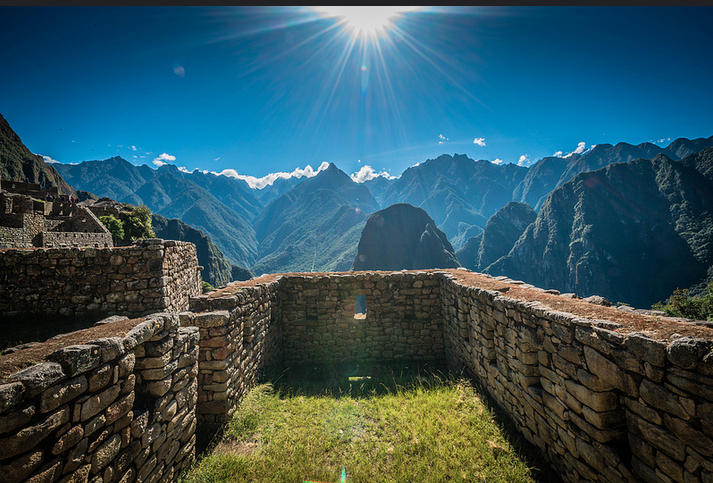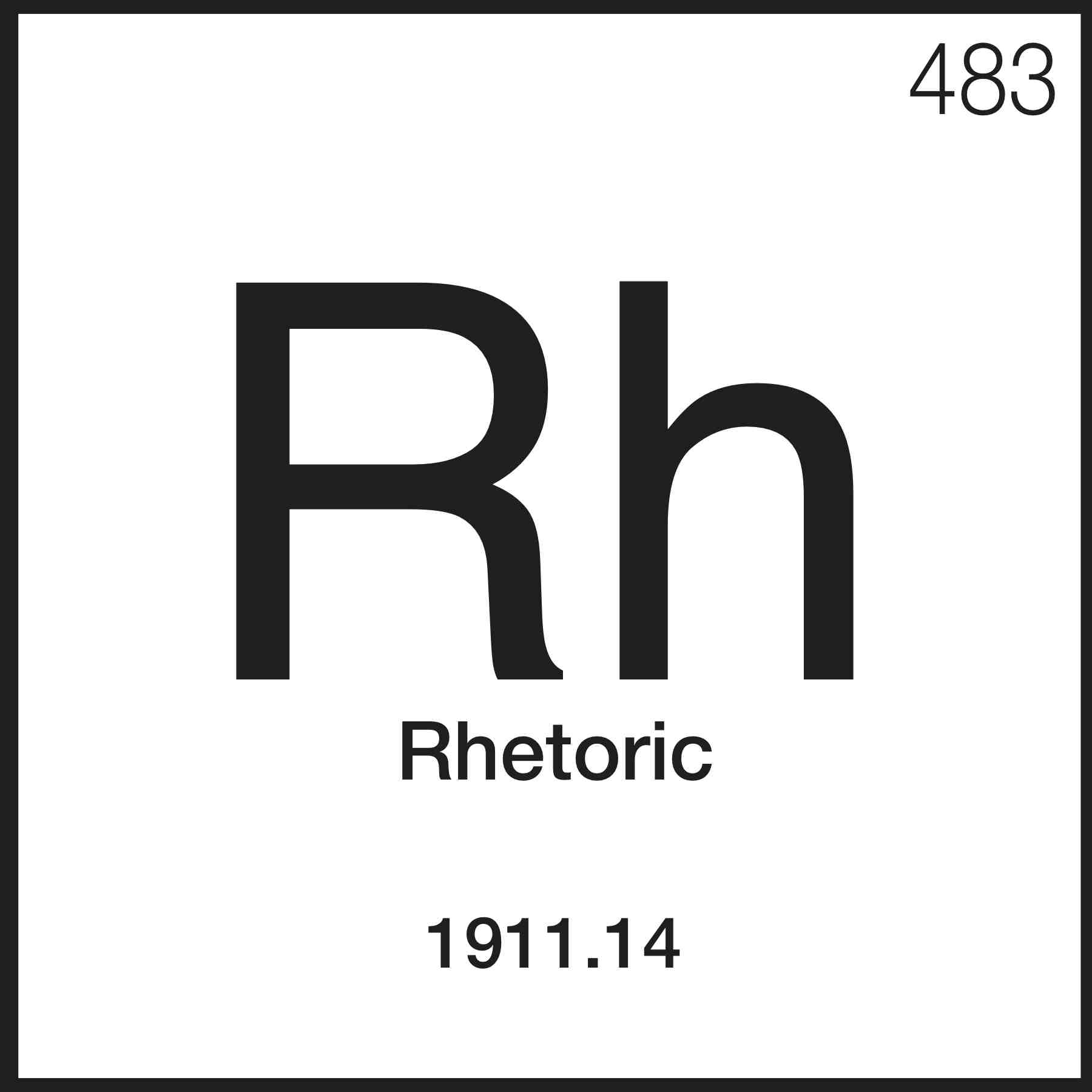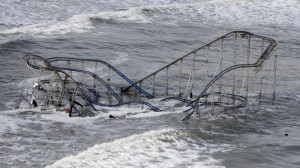This drawing illustrates two things.
1. Change is hard. People are often stuck in their own beliefs. It usually takes a generation or two of people dying out to change society’s beliefs. Just ask Ignaz Semmelweis, one of the first people to observe the germ theory. The scientific community thought his claims of hand washing to reduce mortality in hospitals were baseless and insulting. (Ironically, he was beaten by guards in a mental hospital and died at the age of 47 of blood poisoning when the staff treated his wounds without sterilizing their tools or hands.) The scientific laws and theories that we take for granted as accepted facts today were not always so widely accepted. There is always a struggle to gain acceptance of a truth that seems strange and complicated.
2. The science of climate change is extremely complex. Complex ideas are hard to grasp. They cannot be built up or taken down with just one accusation. They must be discussed and explained so that the public understands what “global warming” actually involves. In a study conducted by Bord and colleagues at Penn State, the correct understanding of the causes of climate change was what determined how the participants acted and voted on climate change.
The discovery of global warming was as complicated as content. It wasn’t straight forward at all; there were many false starts and persistent uncertainties. At first, scientists thought that there was too little CO2 to act as a greenhouse for the earth. Once that was disproven, no one thought there was enough CO2 in our atmosphere to make any difference in the climate. Then, no one imagined the industrial and population boom would be quite so big and quite so fast.Once global warming was even considered a possible threat, it was already the 1960s.
Getting the public on board with the warning of climate change was another task altogether. Scientists needed to convince the government, citizens, and industries that their findings on global warming were valid and urgent. This is not in most scientists’ comfort zones. Climate change is a complex issue, and it is difficult to transfer the scientific jargon into public knowledge. And today, scientists and citizens alike are arguing for action on climate change. The history of climate change is still being written today. Let’s make sure it has a happy ending.

